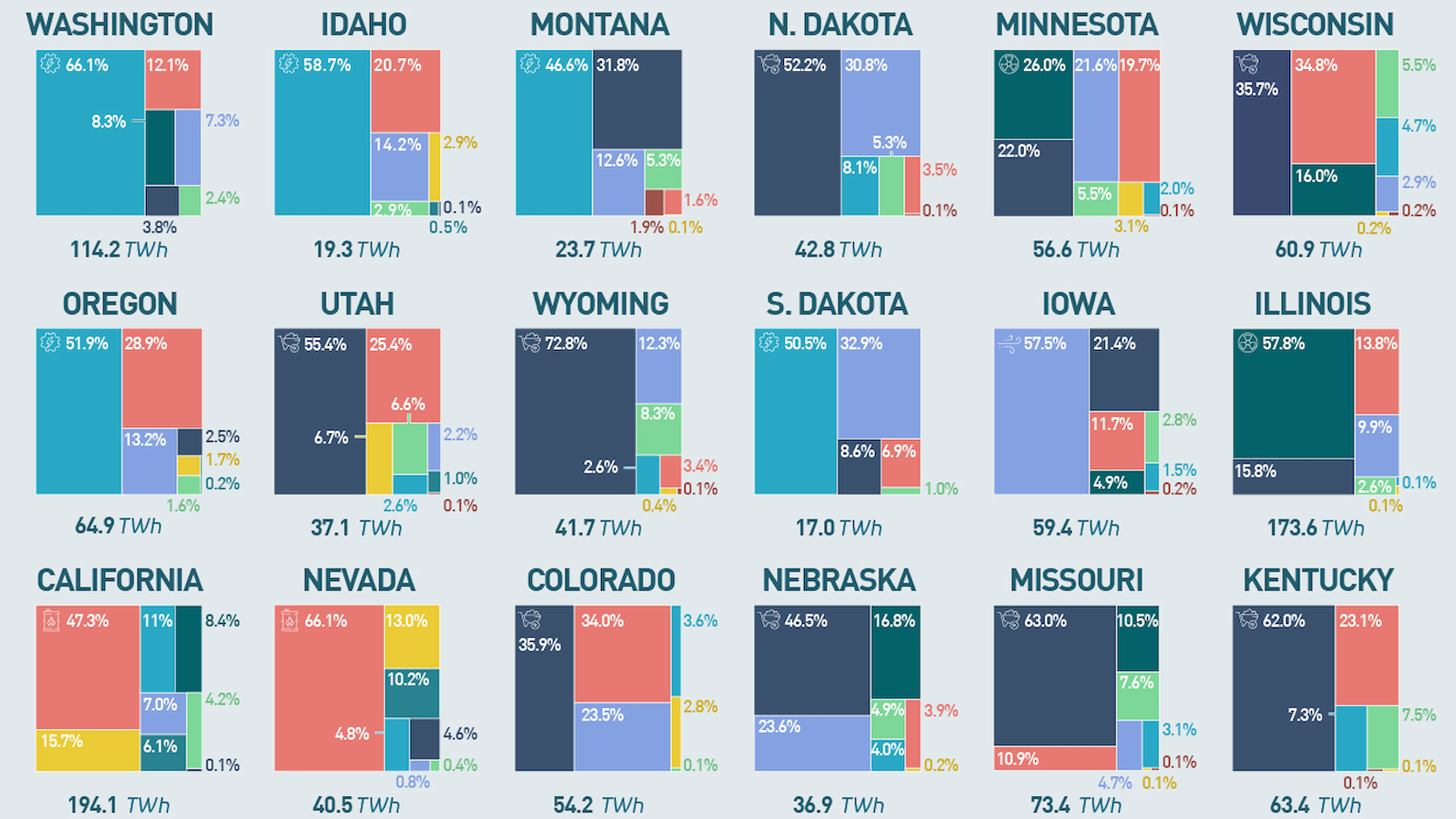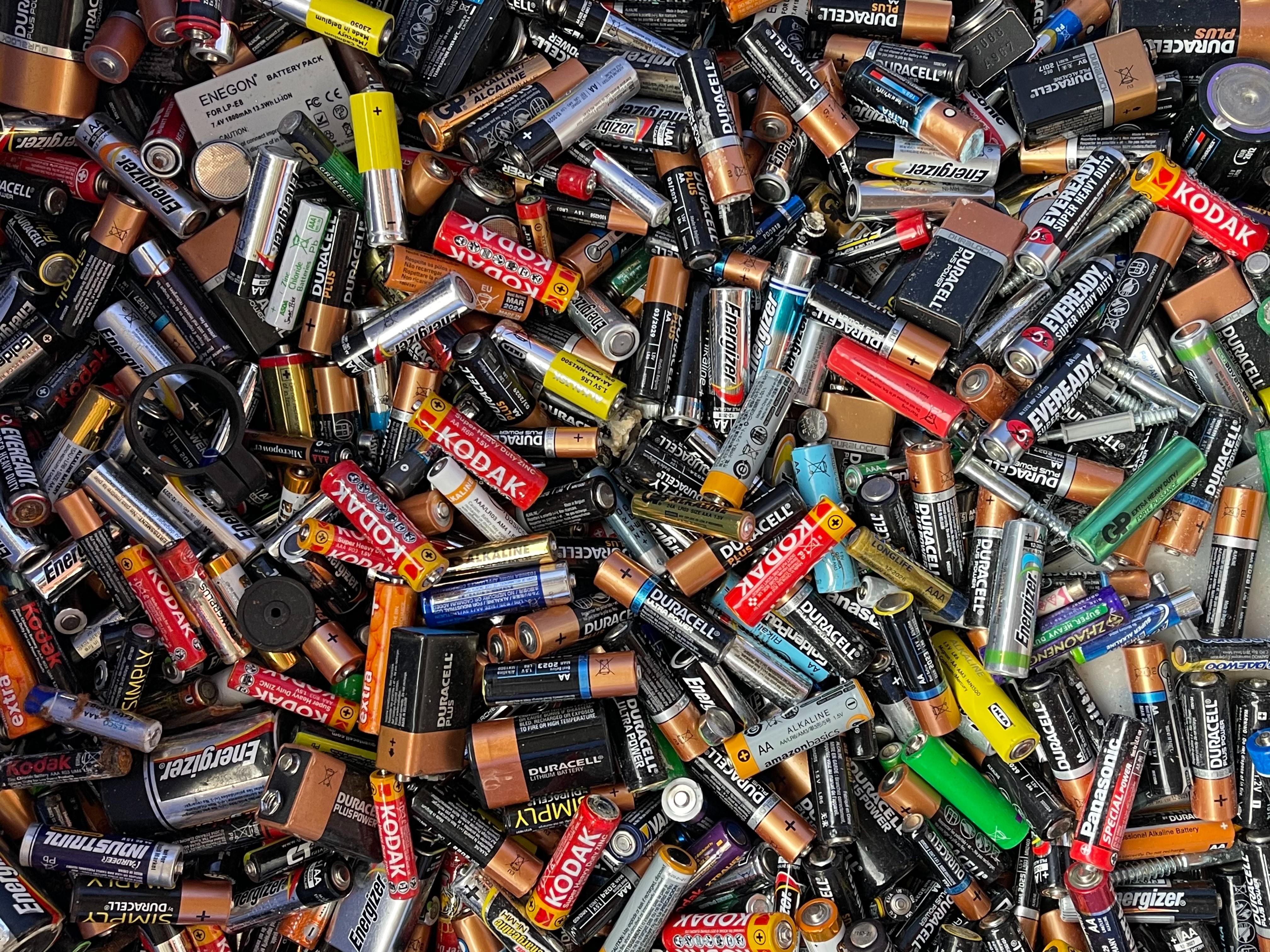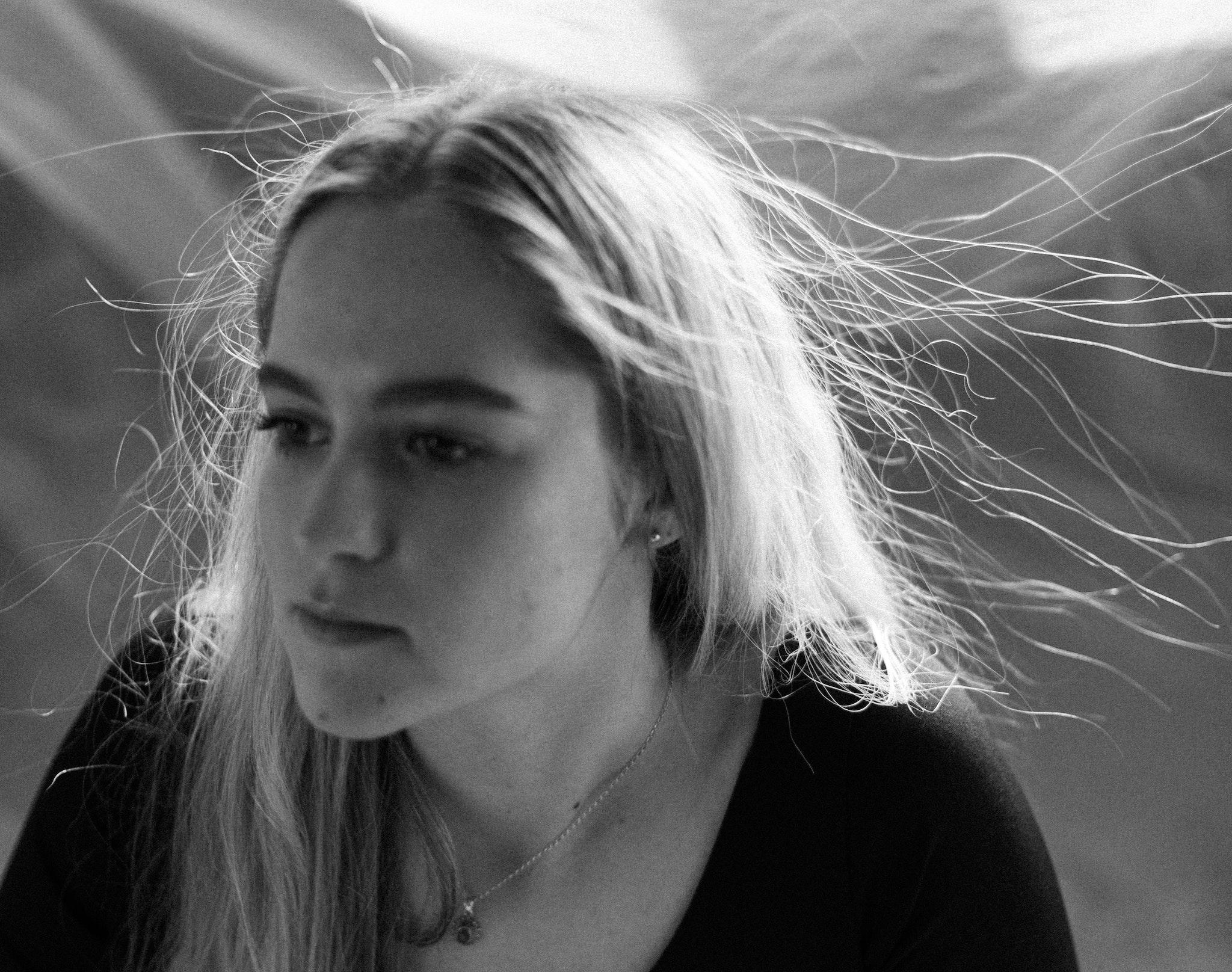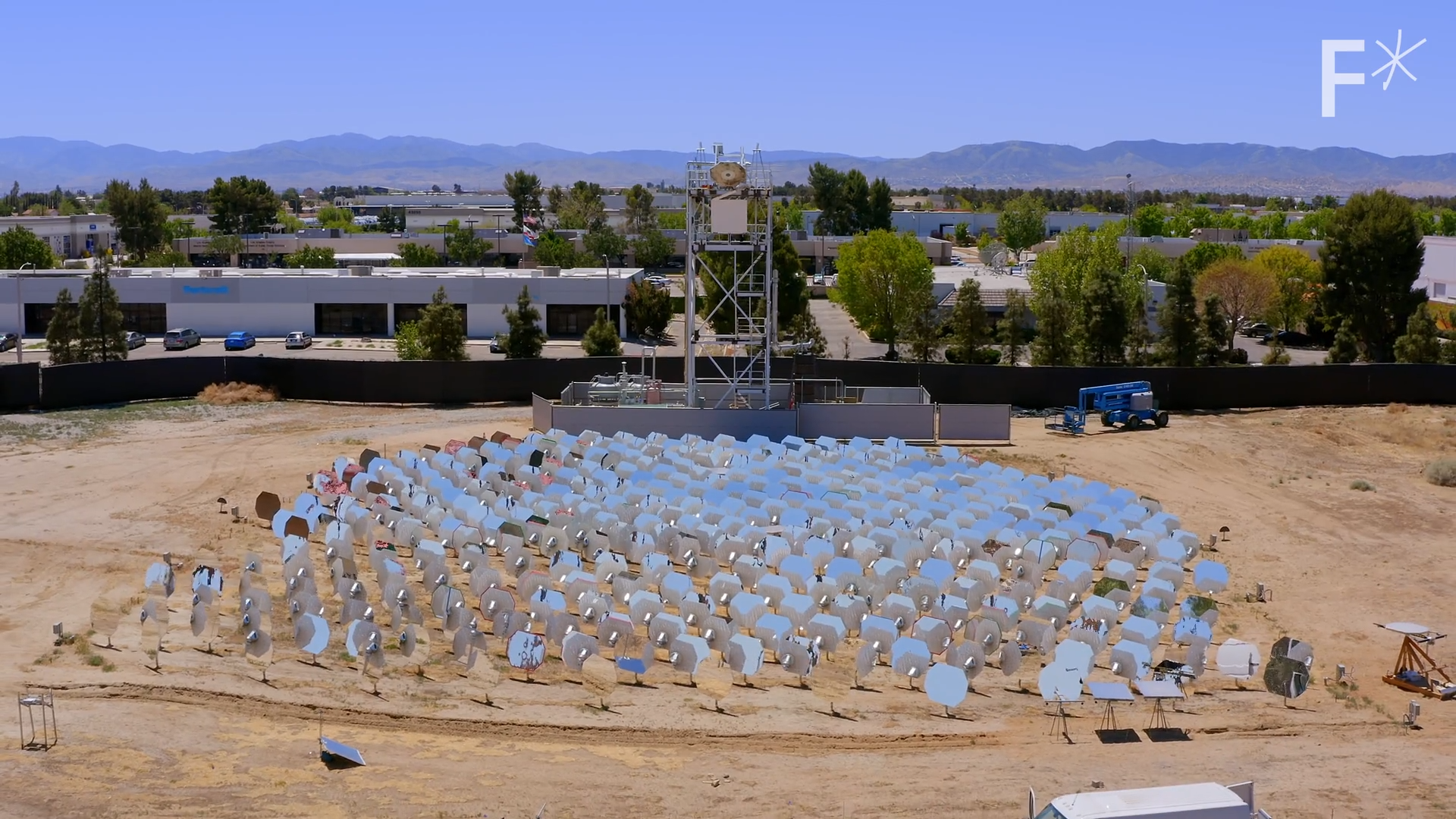MIT Scientists “Recycle Light” To Make The Most Efficient Light Bulb Ever
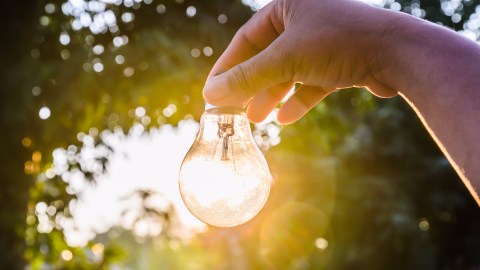
Incandescent light bulbs are making a comeback. In the 136 years since Thomas Edison patented them in 1880, they have fallen out fashion in favor of more energy-efficient alternatives. Indeed, the United States and many other countries have been passing legislation to do away with them throughout recent years. CNN even published an obituary for the old-fashioned candle-replacement. Yet researchers at MIT have conceived of an incandescent light bulb that would be competitive with the most efficient available alternatives.
Traditional light bulbs sparked people to seek greener options for good reasons: they were very consequentially energy inefficient. 95-98% of the energy they use does not even go toward producing light; it is merely felt as heat or given off as infrared radiation. Considering that about a quarter of all electrical energy generated is used toward producing light, good ideas for a greener world must involve alternatives to the energy-draining incandescent light bulb.
Present-day bulb substitutes are no match for the new incandescent light developed at MIT when it comes to electrical efficiency. Fluorescent lights, for example, produce the same amount of light with about a third or a quarter of the energy. And LEDs are 15% more energy-efficient than fluorescent lights. The net improvement over the traditional light bulb, however, is ultimately not huge: whereas incandescent light bulbs use up to 5% of their energy intake on producing visible light, LEDs use 14%. The version of the bulb designed at MIT is much more impressive, with 40% of the energy shining bright. This is achieved by recapturing much of the otherwise lost energy without impeding the light produced. The researchers aptly refer to this method as “light recycling.”
The potential savings for both the planet and consumers are promising. Sarah Knapton, journalist and science editor at The Telegraph, reports:
The Energy Saving Trust calculates that typical living room usage of a 60-watt incandescent lightbulb over a year would cost £7.64. Using an equivalent energy efficient fluorescent or ‘CFL’ lightbulb would cost £1.53 per year, while an LED would cost just £1.27.
But if the new bulbs live up to expectations they would cost under 50p a year to run and even improve health.
Nostalgia, strained wallets and the environment might no longer need to compete among one another to choose a light-source. Indeed, these new bulbs may even ameliorate the problems existing lights cause when trying to fall asleep. This idea has only bright sides.
It’s an important place-holding step as we transition further toward renewable energy sources:
